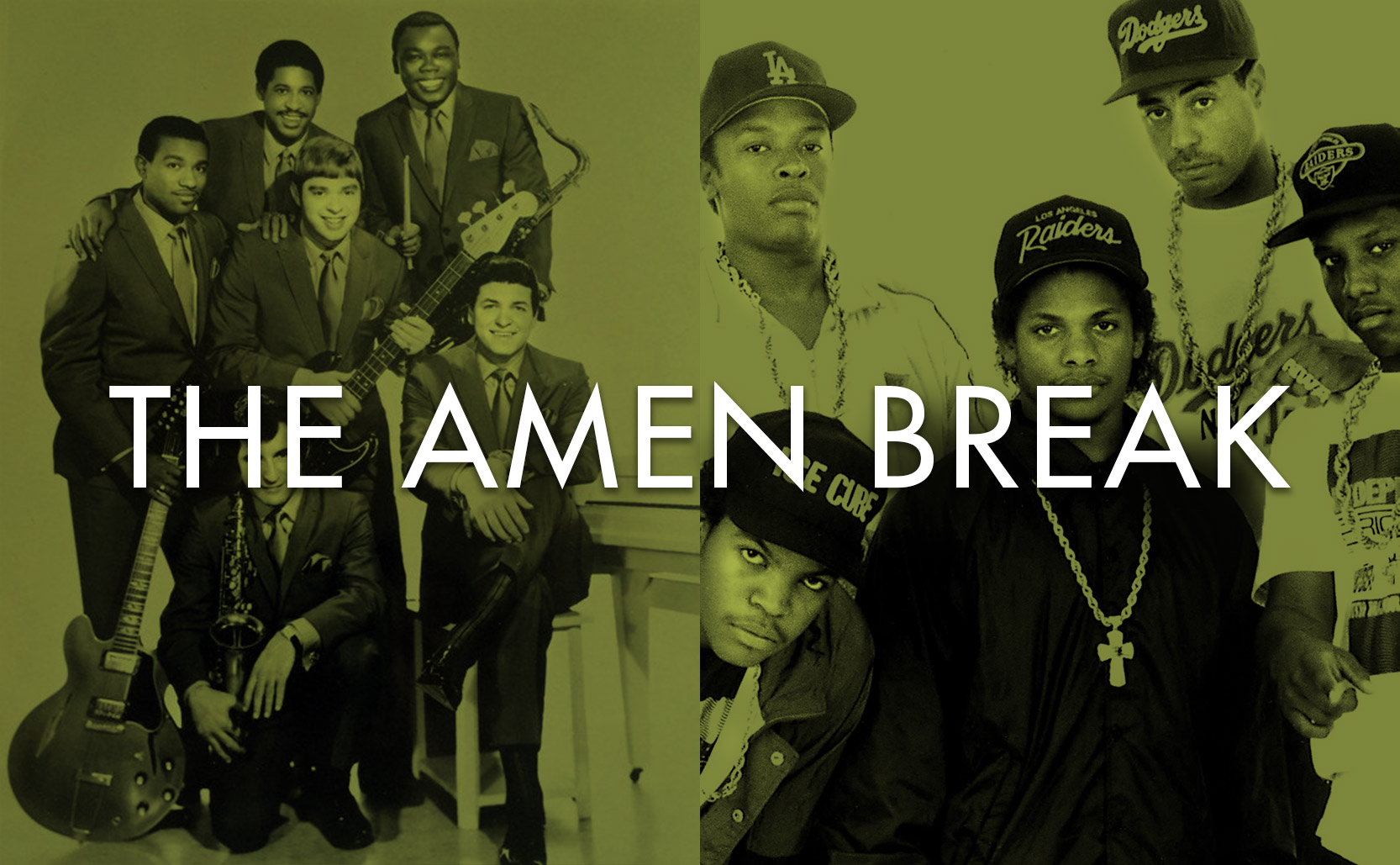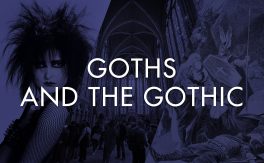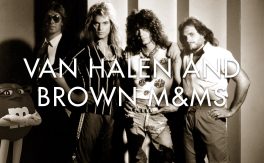The most sampled drum beat of all time used in thousands of songs and helped launch new genres of music.
The 1963 film Lilies of the Field stars Sidney Poitier as a traveling jack-of-all-trades who encounters a group of German speaking nuns in the Arizona desert. As he performs odd jobs for them he also helps teach them English through song, and in particular he teaches them the song Amen. The song is a traditional gospel song which, along with the movie, were inspiring to a young Curtis Mayfield who recorded a new version of the song in 1964 with his band The Impressions.
The version of Amen recorded by The Impressions then served as inspiration in 1969 for an even funkier instrumental version of the song by The Winstons titled Amen, Brother. At 1:26 the song breaks for a 5.2 second drum solo by drummer Gregory Coleman. This drum solo has become one of the most prolific drum solos of all time.
Sampling and the rise of Hip Hop
In 1980s New York the sampler, combined with the turntable, helped create hip hop. The sampler allowed musicians to take pieces of music, especially drum beats, and transform them into new songs. They could loop audio clips, rearrange the notes, change the pitch, change the tempo, etc. An additional asset in this new genre were bootleg records of collected beats that artists could sample. In 1986 Amen, Brother was included on Ultimate Breaks and Beats which was immediately popular for the drum solo which became known as the “Amen break”.
The beat that launched a thousand songs
The Amen break soon became a staple of sampling. Its popularity and influence can be heard throughout early hip hop. The Amen break became even more versatile once it was broken down into its individual components where each sound was isolated, allowing musicians to rearrange the pieces. Entirely new genres of music such as Hardcore, Jungle, Drum and Bass, etc. wouldn’t exist without the Amen break. While early hip hop tended to slow down the Amen break (such as in NWA’s Straight Outta Compton, DJs in Jungle sped it up into a frenzy (as heard in Incredible by M-Beat).
The Amen break can be found in at least 5,617 songs. Some examples of songs using the Amen break include Salt-N-Pepa’s I Desire, Jay-Z’s Can’t Knock the Hustle, UK Apachi’s Original Nuttah, The Invisible Man’s The Beginning, the theme song to the TV show Futurama, etc.
Success or “Success”
The Winstons were never compensated for any of this. The Amen break took on a life of its own without the band. Today, you would clear the use of a song and pay royalties to the original artist but the Amen break became popular at a time when artists weren’t concerned with copyright laws and were more focused on their art. Richard Spencer of The Winstons says he only became aware that the drum solo from Amen, Brother had become the Amen break in 1996, at which point the beat was everywhere.
Over the years there have been multiple attempts to raise money for Spencer and for The Winstons’ drummer Gregory Coleman to compensate them for the unlicensed sampling of the song, but to mixed success. In 2006 Gregory Coleman died, reportedly homeless, having never seen any royalties from his contribution to music history.
Added info: the Winstons’ Amen, Brother was actually the B-side to Color Him Father, which won the 1970 Grammy award for Best R&B song.
Another incredibly popular sample of the time was the Think break from the 1972 song Think (About It) by Lyn Collins and James Brown, famous for it’s “Woo! Yeah”. The Think break is perhaps most famously used in 1988’s It Takes Two by Rob Base and DJ E-Z Rock.





